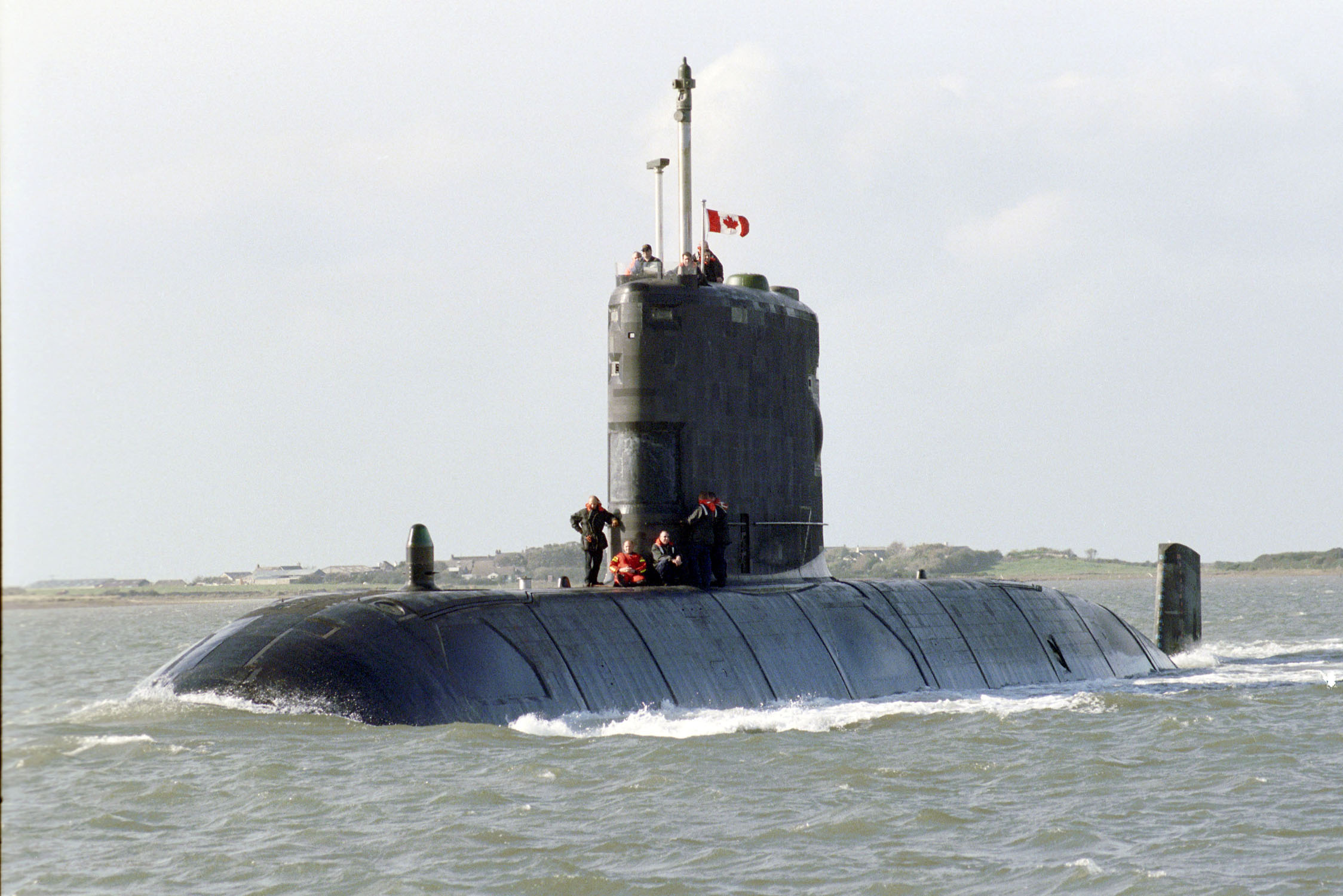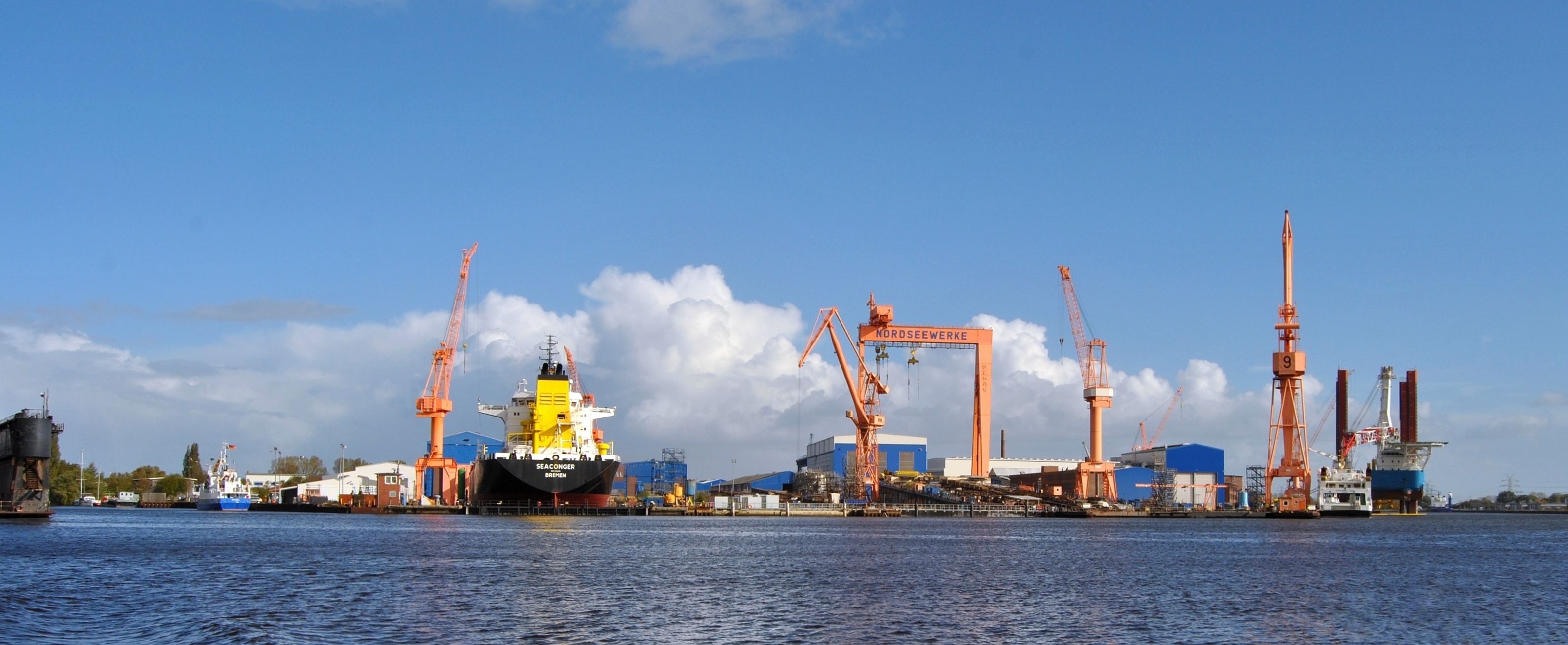|
SAS Queen Modjadji
SAS ''Queen Modjadji'' is a variant of the Type 209 diesel-electric attack submarine developed by Howaldtswerke-Deutsche Werft (HDW) of Germany, currently in service with the South African Navy. She was named after the South African Rain Queen on 14 March 2007 by the ship's sponsor, Mrs. Rita Ndzanga, at a ceremony in Emden, Germany. Background South Africa placed a contract for three Type 209/1400 submarines in July 2000 on Howaldtswerke-Deutsche Werft (HDW) and Thyssen Nordseewerke. The Type 209/1400 submarines replace the French-built s, , and which were decommissioned in 2003. The Heroine class are sometimes considered to be South Africa's first "true" submarines, as they were more suited to being underwater than the ''Daphné'' models. History ''Queen Modjadji'' arrived in Simonstown on 22 May 2008. Commander Handsome Thamsanqa Matsane became the first black officer to command a South African submarine when he took command of ''Queen Modjadji'' in April 2012. SAS ' ... [...More Info...] [...Related Items...] OR: [Wikipedia] [Google] [Baidu] |
Pennant Number
In the Royal Navy and other navies of Europe and the Commonwealth of Nations, ships are identified by pennant number (an internationalisation of ''pendant number'', which it was called before 1948). Historically, naval ships flew a flag that identified a flotilla or type of vessel. For example, the Royal Navy used a red burgee for torpedo boats and a pennant with an H for torpedo boat destroyers. Adding a number to the type-identifying flag uniquely identified each ship. In the current system, a letter prefix, called a ''flag superior'', identifies the type of ship, and numerical suffix, called a flag inferior, uniquely identifies an individual ship. Not all pennant numbers have a flag superior. Royal Navy systems The Royal Navy first used pennants to distinguish its ships in 1661 with a proclamation that all of his majesty's ships must fly a union pennant. This distinction was further strengthened by a proclamation in 1674 which forbade merchant vessels from flying any pennants ... [...More Info...] [...Related Items...] OR: [Wikipedia] [Google] [Baidu] |
Emden
Emden () is an independent city and seaport in Lower Saxony in the northwest of Germany, on the river Ems. It is the main city of the region of East Frisia and, in 2011, had a total population of 51,528. History The exact founding date of Emden is unknown, but it has existed at least since the 8th century. Older names for Emden are Setutanda, Amuthon, Embda, Emda, Embden and Embderland. Town privilege and the town's coat of arms, the ''Engelke up de Muer'' (The Little Angel on the Wall) was granted by Emperor Maximilian I in 1495. In the 16th century, Emden briefly became an important centre for the Protestant Reformation under the rule of Countess Anna von Oldenburg who was determined to find a religious "third way" between Lutheranism and Catholicism. In 1542 she invited the Polish noble John Laski (or ''Johannes a Lasco'') to become pastor of a Protestant church at Emden; and for 7 years he continued to spread the new religion around the area of East Frisia. However, ... [...More Info...] [...Related Items...] OR: [Wikipedia] [Google] [Baidu] |
Submarines Of South Africa
A submarine (or sub) is a watercraft capable of independent operation underwater. It differs from a submersible, which has more limited underwater capability. The term is also sometimes used historically or colloquially to refer to remotely operated vehicles and robots, as well as medium-sized or smaller vessels, such as the midget submarine and the wet sub. Submarines are referred to as ''boats'' rather than ''ships'' irrespective of their size. Although experimental submarines had been built earlier, submarine design took off during the 19th century, and they were adopted by several navies. They were first widely used during World War I (1914–1918), and are now used in many navies, large and small. Military uses include attacking enemy surface ships (merchant and military) or other submarines, and for aircraft carrier protection, blockade running, nuclear deterrence, reconnaissance, conventional land attack (for example, using a cruise missile), and covert insertion ... [...More Info...] [...Related Items...] OR: [Wikipedia] [Google] [Baidu] |
Attack Submarines
An attack submarine or hunter-killer submarine is a submarine specifically designed for the purpose of attacking and sinking other submarines, surface combatants and merchant vessels. In the Soviet Navy, Soviet and Russian Navy, Russian navies they were and are called "multi-purpose submarines". They are also used to protect friendly surface combatants and Ballistic missile submarine, missile submarines. Some attack subs are also armed with submarine-launched cruise missile, cruise missiles, increasing the scope of their potential missions to include land targets. Attack submarines may be either Nuclear marine propulsion, nuclear-powered or diesel-electric ("conventionally") powered. In the United States Navy hull classification symbol, naming system, and in the equivalent NATO system (STANAG 1166), nuclear-powered attack submarines are known as SSN (hull classification symbol), SSNs and their Anti-submarine warfare, anti-submarine (ASW) diesel-electric predecessors are SSK (hull ... [...More Info...] [...Related Items...] OR: [Wikipedia] [Google] [Baidu] |
IBSAMAR
IBSAMAR are a series of naval exercises between the navies of India, Brazil and South Africa. The name IBSAMAR is an abbreviation of India-Brazil-South Africa Maritime. See also * IBSA Dialogue Forum The IBSA Dialogue Forum ( India, Brazil, South Africa) is an international tripartite grouping for promoting international cooperation among these countries. It represents three important poles for galvanizing South–South cooperation and g ... References Indian naval exercises Brazilian Navy South African Navy Brazil–India relations India–South Africa relations {{Brazil-mil-stub ... [...More Info...] [...Related Items...] OR: [Wikipedia] [Google] [Baidu] |
South African Air Force
"Through hardships to the stars" , colours = , colours_label = , march = , mascot = , anniversaries = , equipment = , equipment_label = , battles = * World War I * World War II East African campaign (World War II), East African Campaign North African campaign, North African Campaign Battle of Madagascar, Madagascar Italian campaign (World War II), Italy Balkans campaign (World War II), Balkans * Korean War * South African Border War * Angolan Civil War, Angolan Bush War , decorations = , battle_honours = , battle_honours_label = , flying_hours = , website = , commander1 = President of South Africa, President Cyril Ramaphosa , commander1_label = Commander-in-chief#South Africa, Comman ... [...More Info...] [...Related Items...] OR: [Wikipedia] [Google] [Baidu] |
German Navy
The German Navy (, ) is the navy of Germany and part of the unified ''Bundeswehr'' (Federal Defense), the German Armed Forces. The German Navy was originally known as the ''Bundesmarine'' (Federal Navy) from 1956 to 1995, when ''Deutsche Marine'' (German Navy) became the official name with respect to the 1990 incorporation of the East German ''Volksmarine'' (People's Navy). It is deeply integrated into the NATO alliance. Its primary mission is protection of Germany's territorial waters and maritime infrastructure as well as sea lines of communication. Apart from this, the German Navy participates in peacekeeping operations, and renders humanitarian assistance and disaster relief. It also participates in anti-piracy operations. History The German Navy traces its roots back to the ''Reichsflotte'' (Imperial Fleet) of the revolutionary era of 1848–52. The ''Reichsflotte'' was the first German navy to sail under the black-red-gold flag. Founded on 14 June 1848 by the orders o ... [...More Info...] [...Related Items...] OR: [Wikipedia] [Google] [Baidu] |
Naval Base Simon's Town
Naval Base Simon's Town is the South African Navy's largest naval base, situated at Simon's Town, near Cape Town. The base provides support functions to Fleet Command. History A small dockyard facility was first established in Simon's Town by the Dutch East India Company in 1743. This was taken over by the British Royal Navy (RN) in the 1790s, under whom the facility was further developed over the following century and a half. A pair of handsome stone storehouses dating from the 1740s stand on the seafront where they were built by the Dutch East India Company, marking the initial location of the Yard. Immediately adjacent is the earliest Royal Naval building on the site: a combined mast-house, boathouse and sail loft; dating from 1815, it now serves as the South African Naval Museum. Over the next few decades, the site was developed gradually, with steam engineering and coaling facilities being added mid-century. In 1885, the government of the Cape Colony transferred the ass ... [...More Info...] [...Related Items...] OR: [Wikipedia] [Google] [Baidu] |
Nordseewerke
Nordseewerke Emden GmbH (sometimes abbreviated NSWE, in English: North Sea Company) was a shipbuilding company, located in the Emden Harbor of the north German city of Emden. Founded in 1903, shipbuilding ended in 2010, and the company was taken over by the ''Schaaf Industrie AG'', which among other products, makes components for off-shore systems. The shipyard employed some 1,400 people in 2010 and was the second-largest employer in Emden, following the plant of the Volkswagen automotive company. Today only few of the former coworkers of the shipyard are still employed with the new owner Schaaf, which also went insolvent in 2012. History Nordseewerke was founded on March 11, 1903, and was one of the oldest among the still-existing shipyards in Germany. Its successor was the ''Schaaf Industrie AG''. The company built merchant ships of all categories, but also ships for the Kaiserliche Marine during World War I, the Kriegsmarine later, and today's modern Deutsche Marine. T ... [...More Info...] [...Related Items...] OR: [Wikipedia] [Google] [Baidu] |
Ship Sponsor
A ship sponsor, by tradition, is a female civilian who is invited to "sponsor" a vessel, presumably to bestow good luck and divine protection over the seagoing vessel and all that sail aboard. In the United States Navy and the United States Coast Guard the sponsor is technically considered a permanent member of the ship's crew and is expected to give a part of her personality to the ship, as well as advocate for its continued service and well-being. For passenger ships the sponsor is called a godmother if the sponsor is female, or a godfather if the sponsor is male. Passenger ship godparents Carnival Cruise Lines *''Carnival Breeze'' – Tracey Wilson Mourning *''Carnival Conquest'' – Lindy Boggs *''Carnival Dream'' – Marcia Gay Harden *''Carnival Ecstasy'' – Kathy Lee Gifford *''Carnival Elation'' – Shari Arison *''Carnival Fantasy'' – Tellervo Koivisto *''Carnival Fascination'' – Jeanne Farcus *''Carnival Freedom'' – Kathy Ireland *''Carnival Glory'' – Dr. Sall ... [...More Info...] [...Related Items...] OR: [Wikipedia] [Google] [Baidu] |
Submarine Snorkel
A submarine snorkel is a device which allows a submarine to operate submerged while still taking in air from above the surface. British Royal Navy personnel often refer to it as the snort. A concept devised by Dutch engineers, it was widely used on German U-boats during the last year of World War II and known to them as a ''Schnorchel''. History Until the advent of nuclear power, submarines were designed to operate on the surface most of the time and submerge only for evasion or for daylight attacks. Until the widespread use of radar after 1940, at night a submarine was safer on the surface than submerged, because sonar could detect boats underwater but was almost useless against a surface vessel. However, with continued radar improvement as the war progressed, submarines (notably, the German U-boats in the Battle of the Atlantic) were forced to spend more time underwater, running on electric motors that gave speeds of only a few knots and very limited range. An early submar ... [...More Info...] [...Related Items...] OR: [Wikipedia] [Google] [Baidu] |




